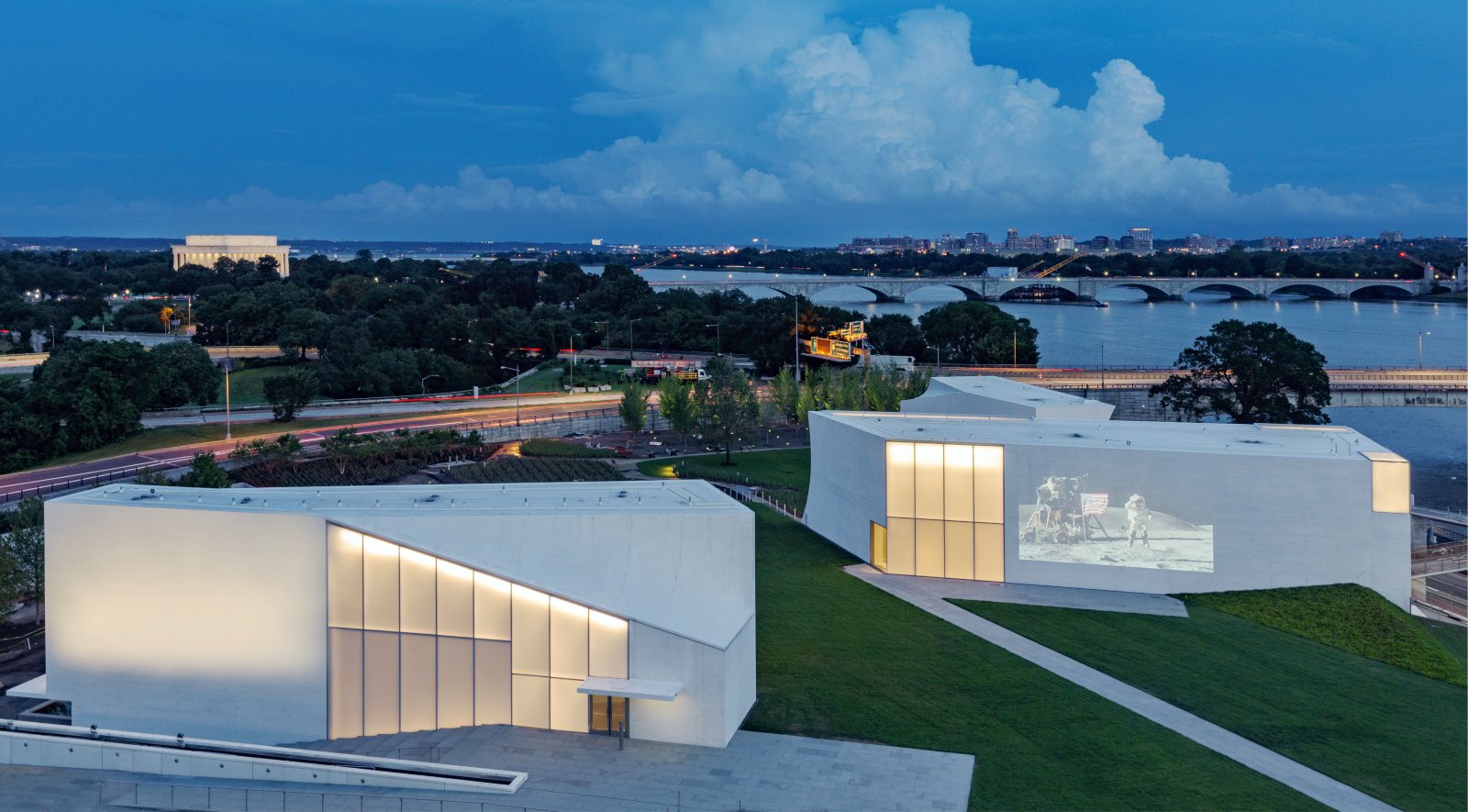The REACH expansion, designed by Steven Holl Architects, adds much-needed rehearsal, education, and a range of flexible indoor and outdoor spaces to allow the Kennedy Center to continue to play a leadership role in providing artistic, cultural, and enrichment opportunities. The design for The REACH merges architecture with the landscape to expand the dimensions of a living memorial.
The landscape design includes a narrative reflection on the life of President Kennedy: a grove of 35 gingko trees, which will drop their golden autumn leaves in late November, acknowledges John F. Kennedy’s position as the 35th President of the United States; and a reflecting pool and mahogany landscape deck are built in the same dimensions and mahogany boards of Kennedy’s WWII boat, the PT109. In complementary/contrast to the monumental original Kennedy Center building by Edward Durell Stone, The REACH’s three pavilions are fused with the landscape.
They shape outdoor spaces between them, and frame views to the Washington Monument, Lincoln Memorial and Potomac riverfront. The three pavilions are interconnected below green roofs to expand the Kennedy Center’s interior space with 72,000 sf of open studios, rehearsal and performance spaces, and dedicated arts learning spaces. Embedding much of the expansion under a public landscape offers maximum green space to the community and gives landscape views from the interior spaces.
Simulcast projections of live performances from within the Kennedy Center will be projected onto the north wall of the largest pavilion in front of a broad lawn. The landscape serves as a green roof over the interior spaces below, the largest in Washington, D.C. at approximately 69,000 sf. The varied gardens will provide opportunities for casual performances and events and other flexible locations for enhanced engagement, further positioning the Center as a nexus of arts, learning, and culture in the years ahead.
The titanium white board-formed concrete pavilions engage with the landscape, gently curving to catch natural light for the interior. The concrete finish is made up of 4” tongue and groove Douglas fir boards that lined CNC plywood forms. From a distance the concrete appears monolithic and seamless but when examined up close has the scale of wooden boards that relate to the body and hand, while simultaneously showing an imprint of the building process.
While all different in form the three pavilions are connected through their ruled-surface geometry. This strategy creates a language of forms, from conical sections to hyperbolic paraboloids, a visual acoustics echoing across the pavilions, cupping space between them, and dispersing sound on the inside. Inside the building, a newly developed crinkled concrete texture lines the walls of rehearsal and performance spaces, integrating acoustical qualities directly within the structural cast-in-place concrete walls.
Natural light is given to all spaces via translucent, clear and curved glass. Through etching the glass, and sandwiching translucent white films between layers, luminous surfaces diffuse light deep into the interior, and glow outward at night. Windows are positioned to provide views through the full depth of the interior, from the entry lobby though rehearsal and event spaces to the river and landscape beyond, encouraging creative curiosity and dynamic interaction.
With The REACH, the Kennedy Center’s direct connection to the Potomac River is finally achieved, more than 50 years after it was lost in Stone’s initial design. A new pedestrian bridge, which appears to float over the park way, allows easy access to and from the Rock Creek Trail and the Georgetown waterfront. The newly expanded campus positions the Kennedy Center as a 21st century, future-oriented arts institution, and celebrates President Kennedy and his significant contribution to the arts and American culture. Source by Steven Holl Architects.
- Location: Washington, DC, United States
- Architect: Steven Holl Architects
- Design architects: Steven Holl, Chris McVoy, Garrick Ambrose
- Partner in charge: Chris McVoy
- Project architect: Garrick Ambrose
- Assistant project architect: Magdalena Naydekova
- Project Team: Bell Ying Yi Cai, Kimberley Chew, J. Leehong Kim, Martin Kropac,
- Elise Riley, Yun Shi, Dominik Sigg, Jongseo Lee, Alfonso Simelio, Crinkle Concrete Development Team: Garrick Ambrose, Chris McVoy, Magdalena Naydekova
- Associate architects: BNIM
- Project manager: Paratus Group
- Structural engineers: Silman
- MEP engineer: ARUP
- Civil engineers: Langan
- Climate engineers: Transsolar
- Lighting consultant: L’Observatoire International
- Cost estimator: Stuart Lynn Company
- Code consultant: Protection Engineering Group
- Façade consultant: Thornton Tomasetti
- Landscape architect: Edmund D Hollander Landscape Architects Design
- Traffic and parking: Gorove Slade Associates
- Food service consultant: JGL Food Service Consultants
- Regulatory consultant: Stantec
- Acoustic/AV/IT/security consultant: Harvey Marshall Berling Associates
- Pre-construction manager: James G. Davis Construction Corporation
- Vertical transportation consultant: Vertran
- Concrete consultant: Reg Hough Associates
- Client: John F. Kennedy Center for the Performing Arts
- Building area: 72,000sf interior space
- Landscape area: 130,000 sf
- End construction: September 2019
- Photographs: Richard Barnes, Courtesy of Steven Holl Architects

Photo © Richard Barnes 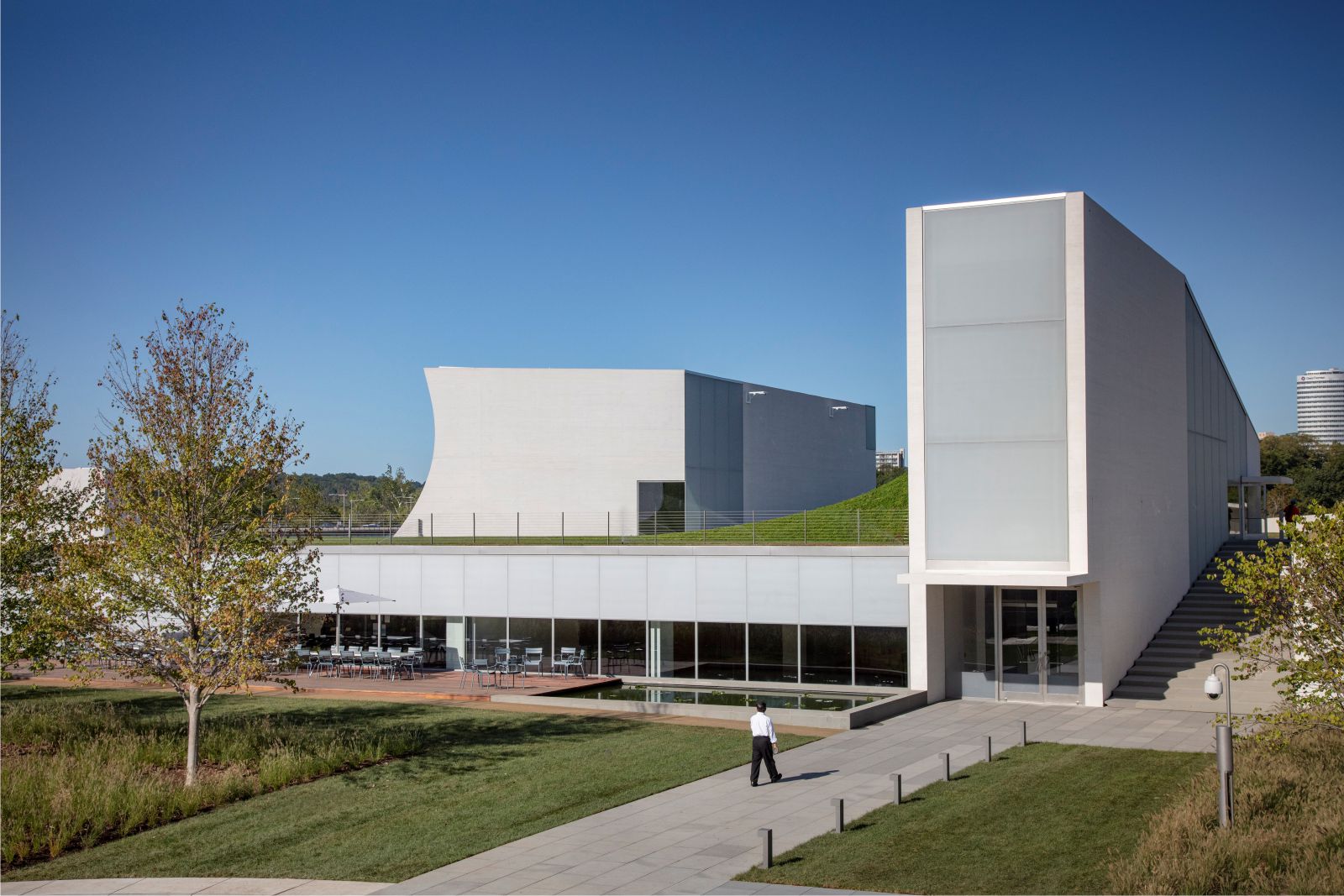
Photo © Richard Barnes 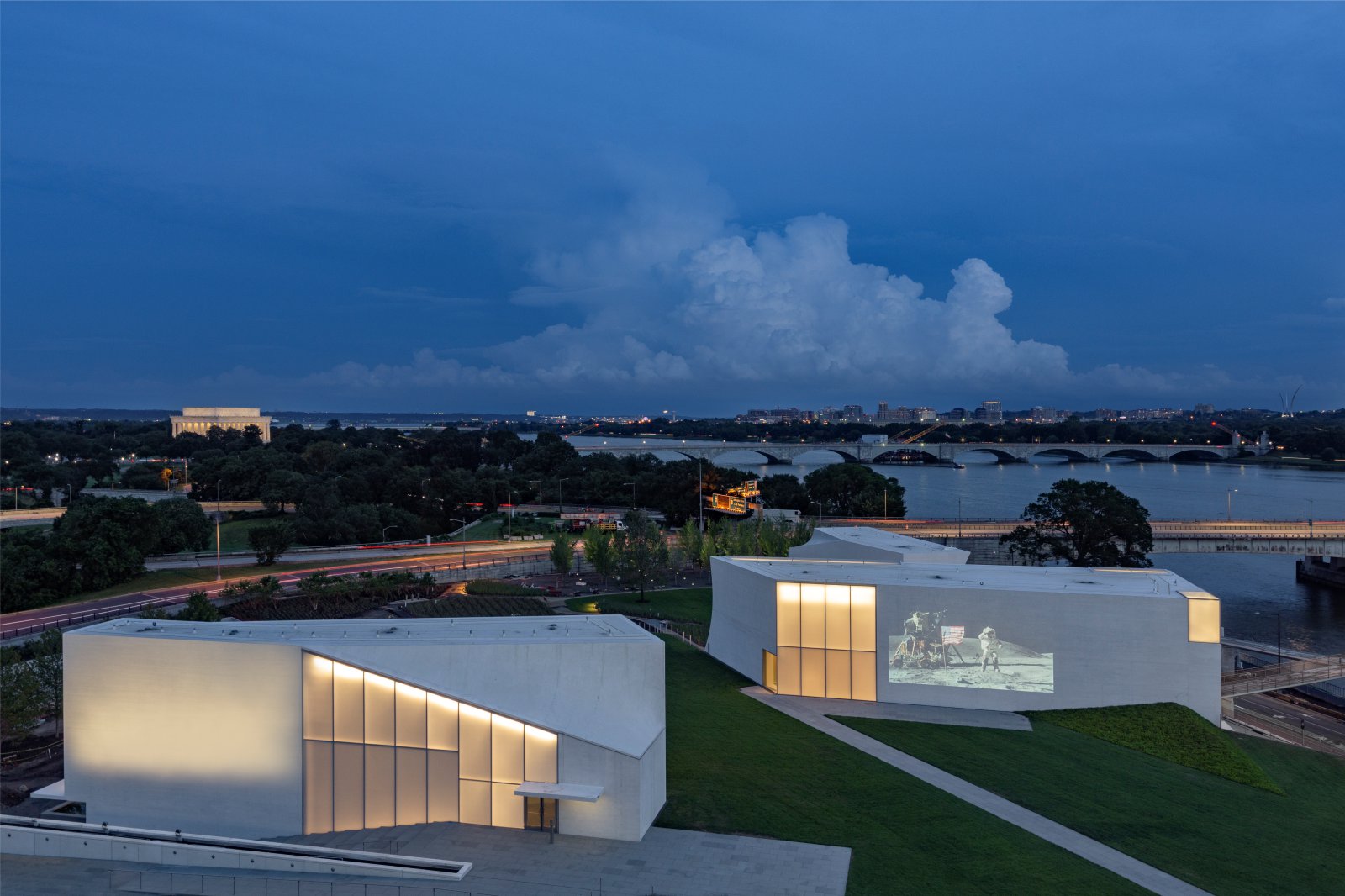
Photo © Richard Barnes 
Photo © Richard Barnes 
Photo © Richard Barnes 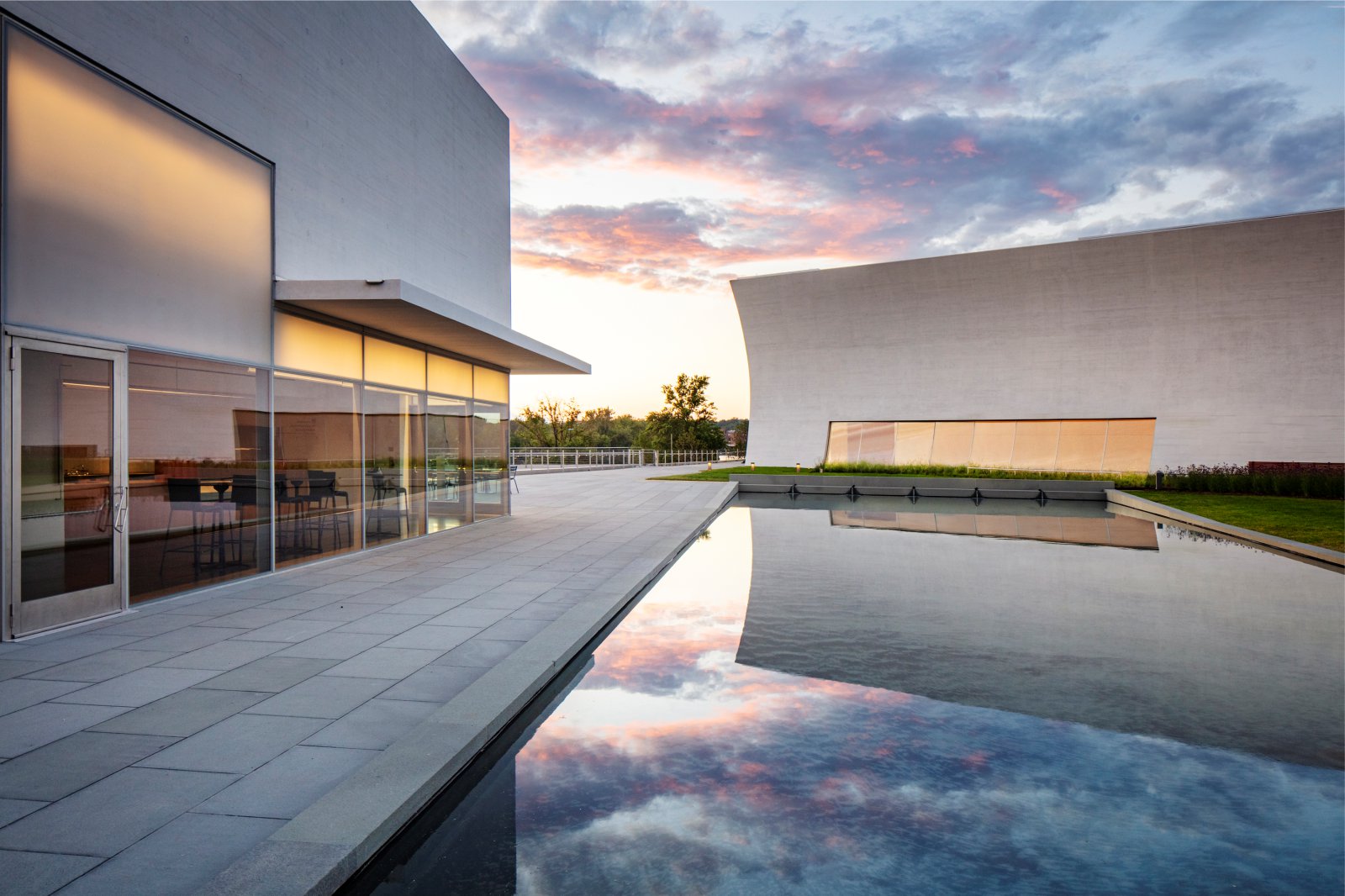
Photo © Richard Barnes 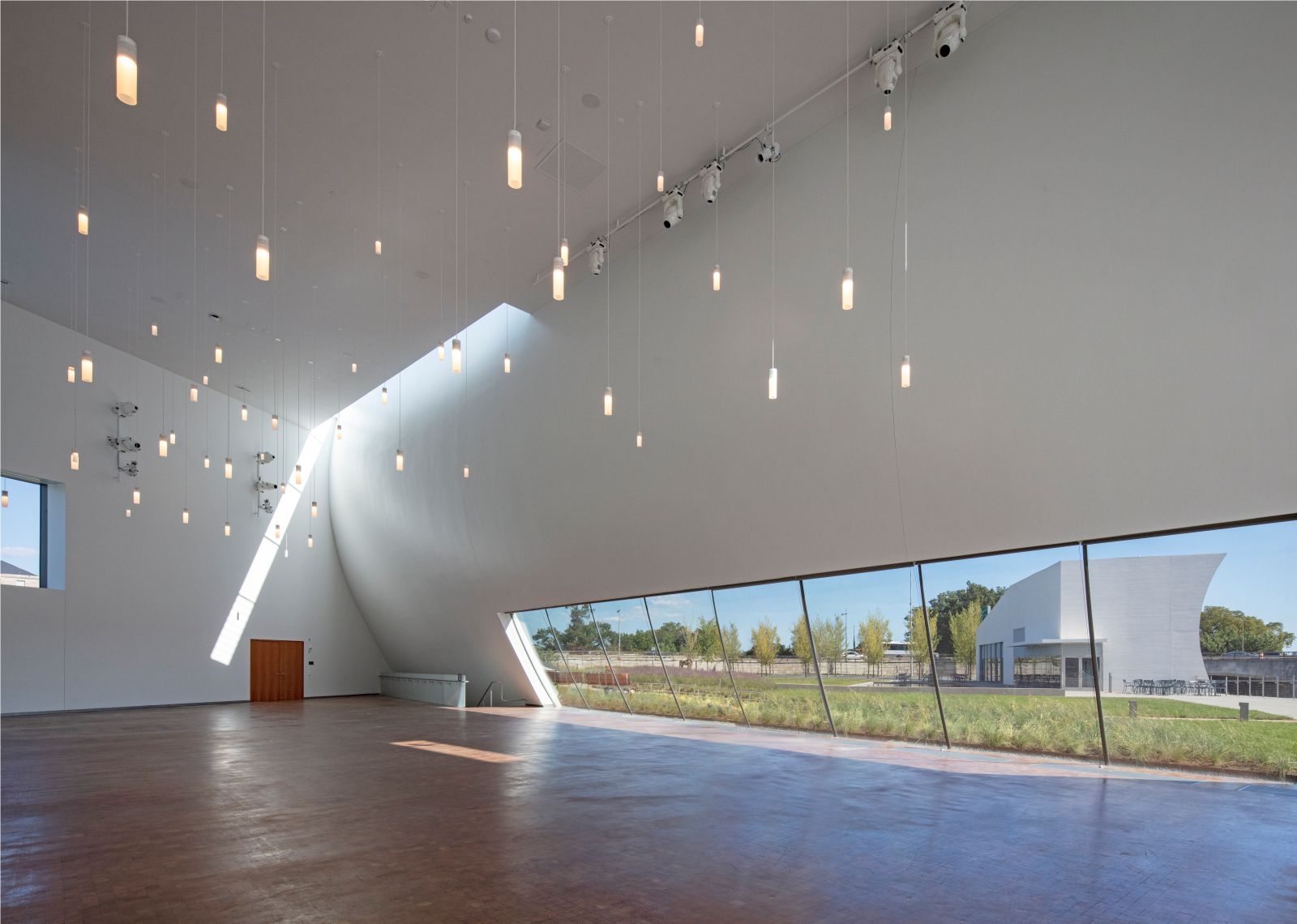
Photo © Richard Barnes 
Photo © Richard Barnes 
Photo © Richard Barnes 
Photo © Richard Barnes 
Photo © Richard Barnes 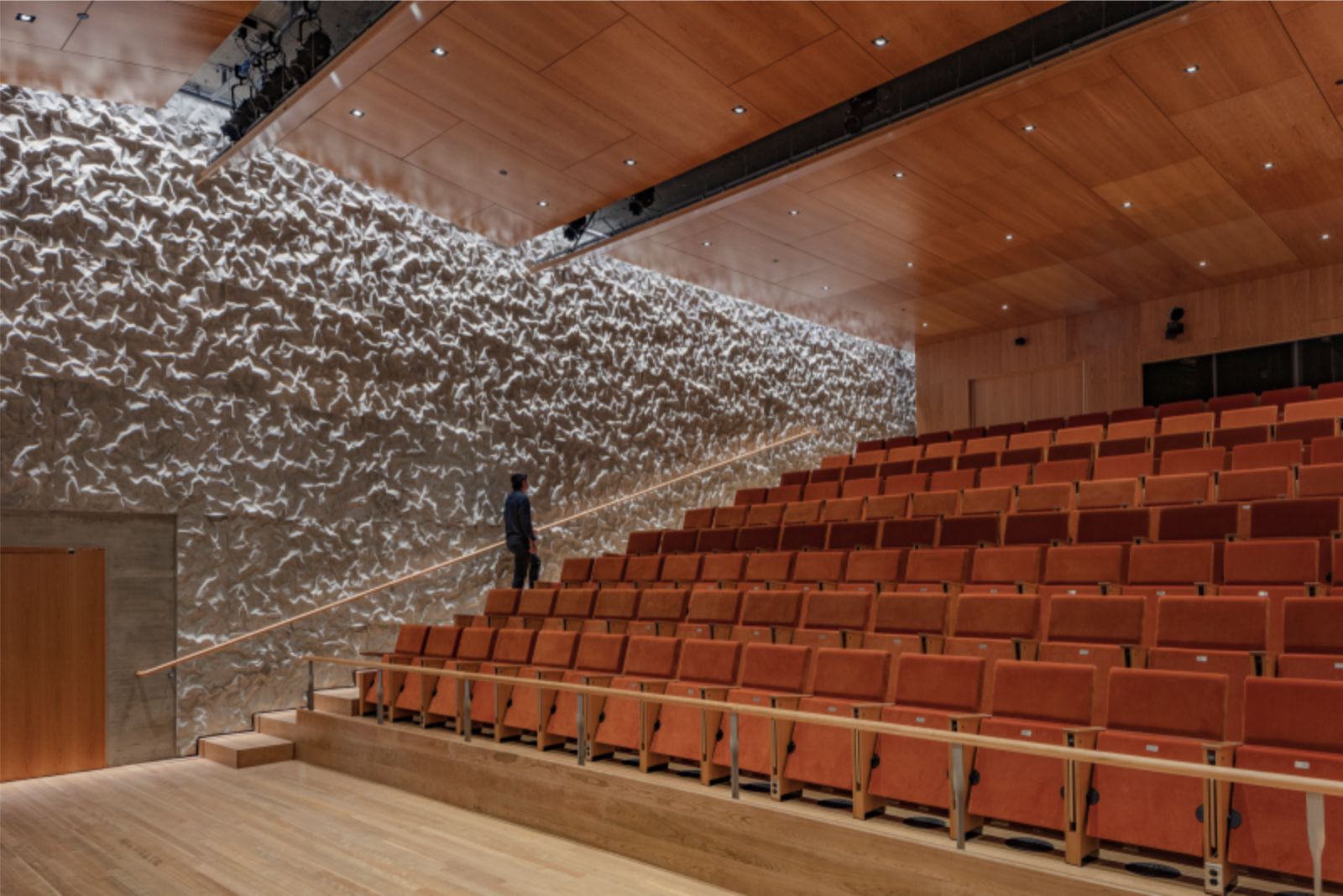
Photo © Richard Barnes 
Watercolors © Steven Holl Architects 
Watercolors © Steven Holl Architects 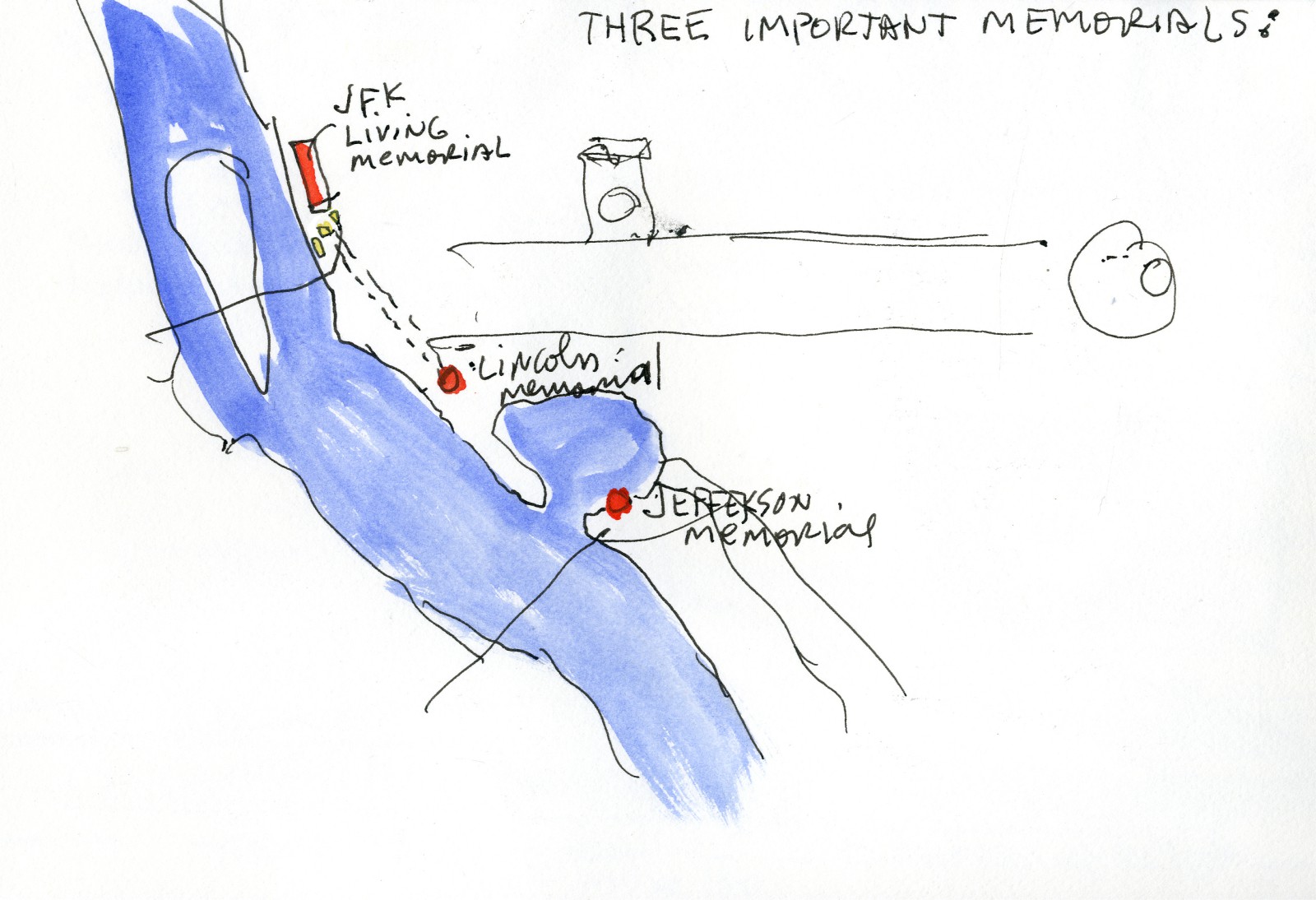
Watercolors © Steven Holl Architects 
Site Plan 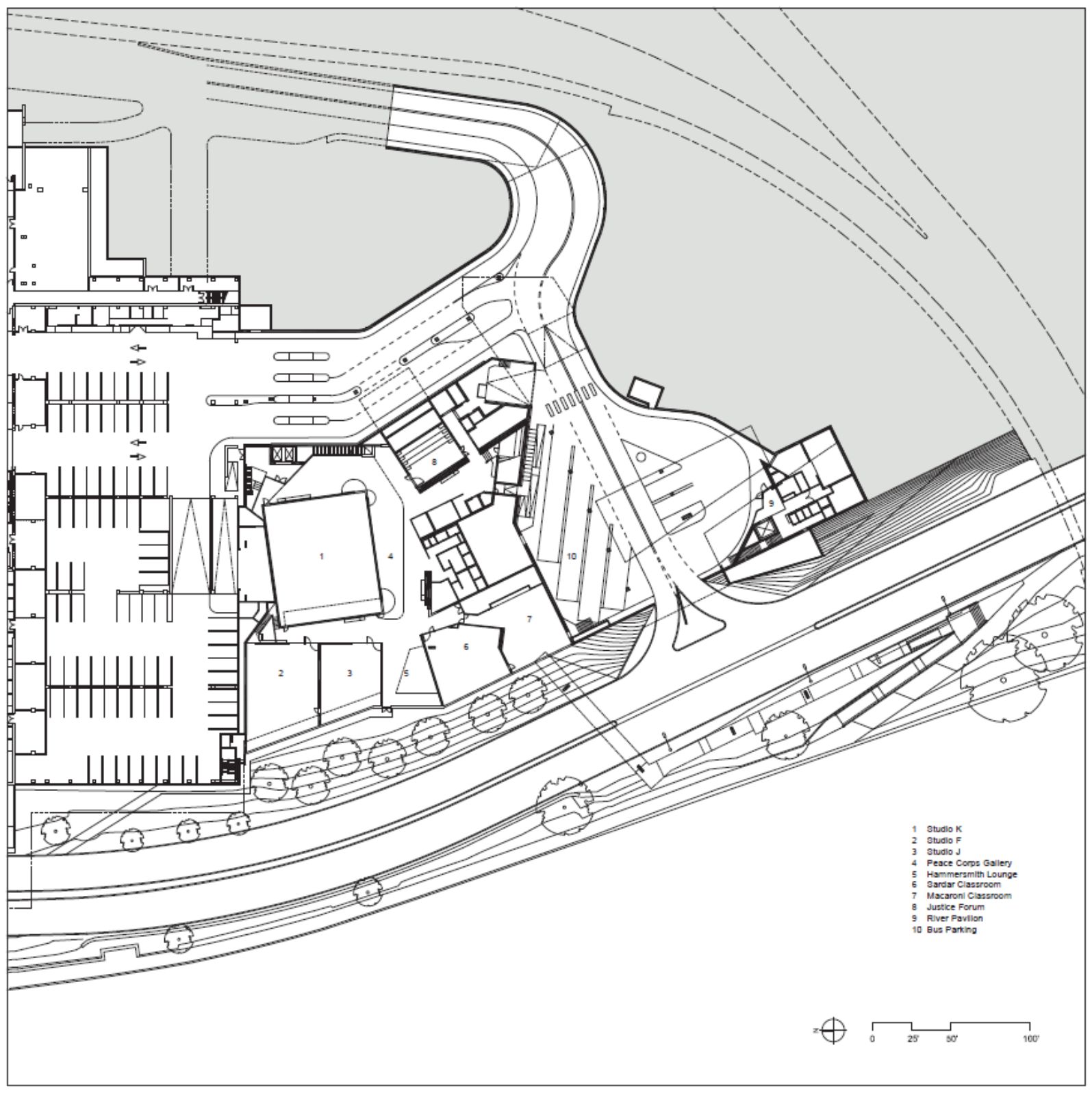
Ground Floor Plan 
Terrace Floor Plan 
Upper level Floor Plan 
Exploded axonometric 
Sections

